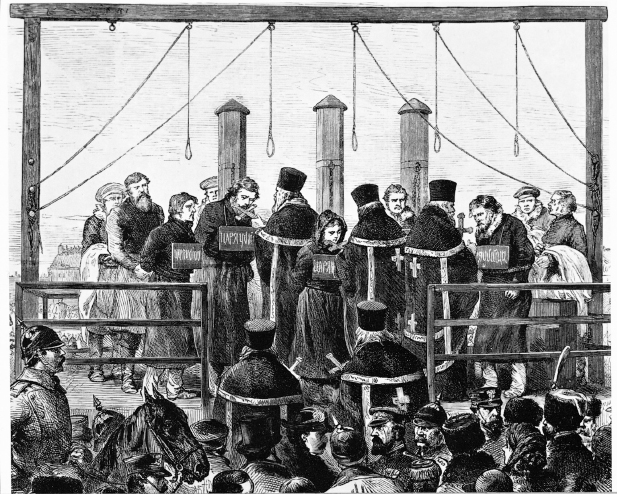Understanding World Societies:
Printed Page 724
> How did strong leaders and nation building transform Italy, Germany, and Russia?
LLOUIS NAPOLEON’S TRIUMPH IN 1848 and his authoritarian rule in the 1850s provided Europe’s victorious forces of order with a new political model. To what extent might the expanding urban middle classes and even portions of the working classes rally to a strong and essentially conservative national state that also promised change? In central Europe a resounding answer came with the national unification of Italy and Germany.
The Russian empire also experienced profound political crises in this period, but they were unlike those in Italy or Germany because Russia was already a vast multinational state. It became clear to Russian leaders that they had to embrace the process of modernization, defined narrowly as the changes that enable a country to compete effectively with the leading countries at a given time.

In the late 1870s a small group of revolutionaries believed that killing the tsar could destroy the Russian state. Succeeding in blowing up the reforming Alexander II after several near misses, the five assassins, including one woman, were quickly caught and hanged. Russia entered an era of reaction and harsh authoritarian rule. (Visual Connection Archive)